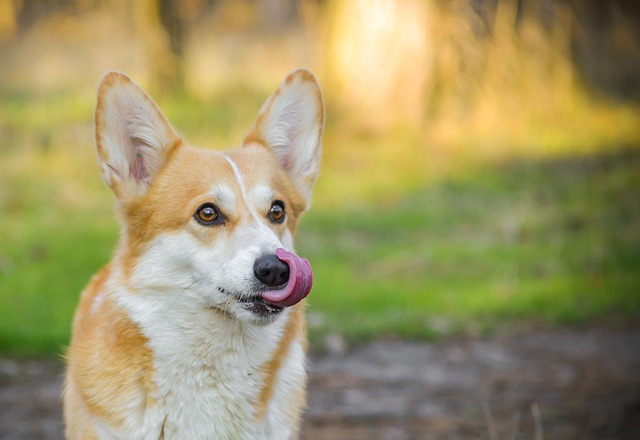
How can I tell if my dog's heatstroke is serious
Let’s be real: It’s a sticky August morning in Los Angeles, and you took your 2-year-old Golden Retriever, Max, for a walk a little later than usual
Picture this: You’re filling your golden retriever’s water bowl before a morning walk, wondering if that sloshing cupful is enough. For new dog owners in the US, understanding canine hydration isn’t just about thirst—it’s a cornerstone of responsible pet care. But how much is truly necessary?
Scientifically, dogs typically need 50-100 milliliters of water per kilogram of body weight daily. A 20kg Labrador, for example, should sip 1-2 liters. Factors like activity level (a hiking pup needs more than a couch potato), age (puppies drink more), and weather (summer heat amps up demand) shift this range. Dehydration signs—sticky gums, lethargy, or dark urine—are red flags. Pro tip: Gently pinch the skin between their shoulder blades; slow retraction means they need water ASAP.
Practical steps? First, weigh your dog. A kitchen scale works for small breeds; vets can help with larger ones. Convert their weight to milliliters (1kg = ~50-100ml) and split the total into multiple servings. Keep water bowls accessible—especially in apartments where dogs lack outdoor hydration cues. Monitor pee color: pale yellow is ideal; amber signals dehydration.

Beyond science, US pet laws and culture shape hydration habits. Legally, dogs must be vaccinated (like rabies, required in most states) to stay healthy enough to regulate water needs. And public poop cleanup? It’s not just polite—fines await scofflaws in cities like New York. Culturally, positive reinforcement is king: reward your dog with a fresh water break after walks, not punishment. Avoid yelling or pushing their head toward the bowl, as Western animal welfare norms reject physical punishment. For apartment dwellers, keep water bowls in quiet spots to reduce stress, and always leash dogs during walks to prevent them from drinking from stagnant puddles (hello, bacteria!).
In essence, hydration is a blend of biology and community. By measuring intake, watching for signs, and respecting local rules, you’ll keep your furry friend happy—and compliant. After all, a well-hydrated dog is a tail-wagging ambassador of good pet citizenship.

Let’s be real: It’s a sticky August morning in Los Angeles, and you took your 2-year-old Golden Retriever, Max, for a walk a little later than usual

You're enjoying a summer afternoon at the park when you notice your dog has stopped panting and appears disoriented - their gums are bright red

Let’s paint the picture: You’re in your Denver apartment, watching your 4-year-old Boston Terrier, Ruby, plop down mid-play session with her favorite toy

Many dog owners notice their pets nails seem shorter after regular walks,but how much does this daily activity actually help?The answer depends on where you walk—concrete sidewalks or asphalt streets gently file nails as a dog's paws hit the ground

Most dog owners notice their pup scooting across the carpet at some point, but few connect it to impacted anal glands. These small sacs near a dog’s rectum secrete a scent for marking territory

Most vets agree that regular dog teeth cleaning is key to avoiding painful dental issues later. For healthy adult dogs, a professional cleaning at the vet’s office every 12 to 18 months usually works well.